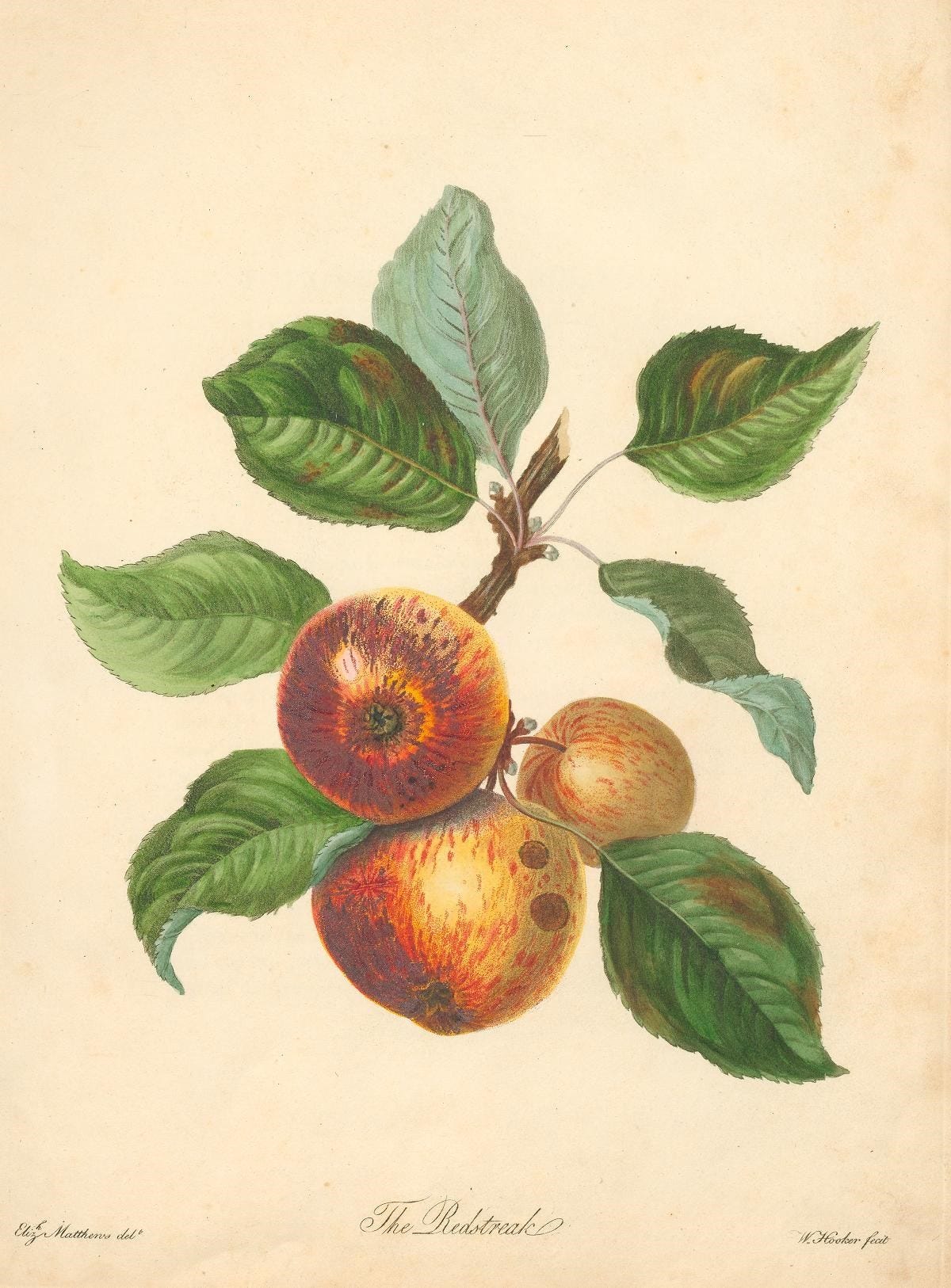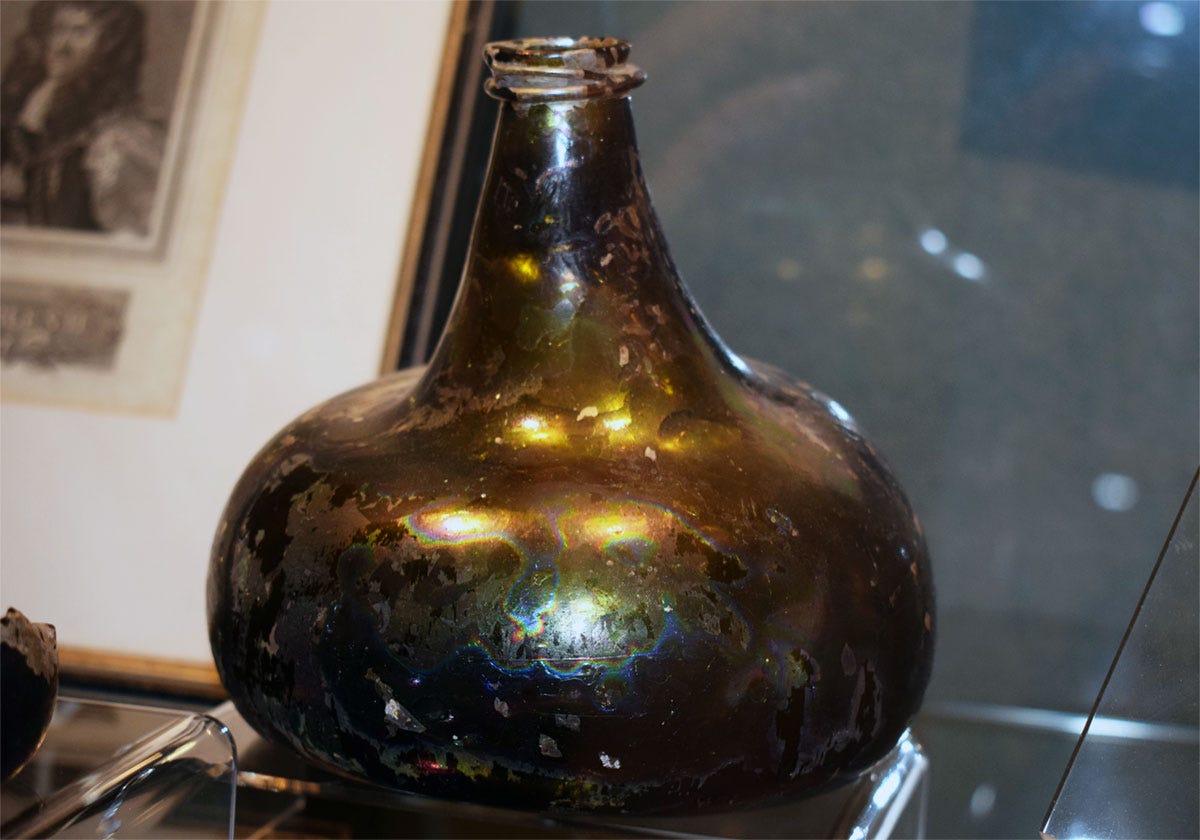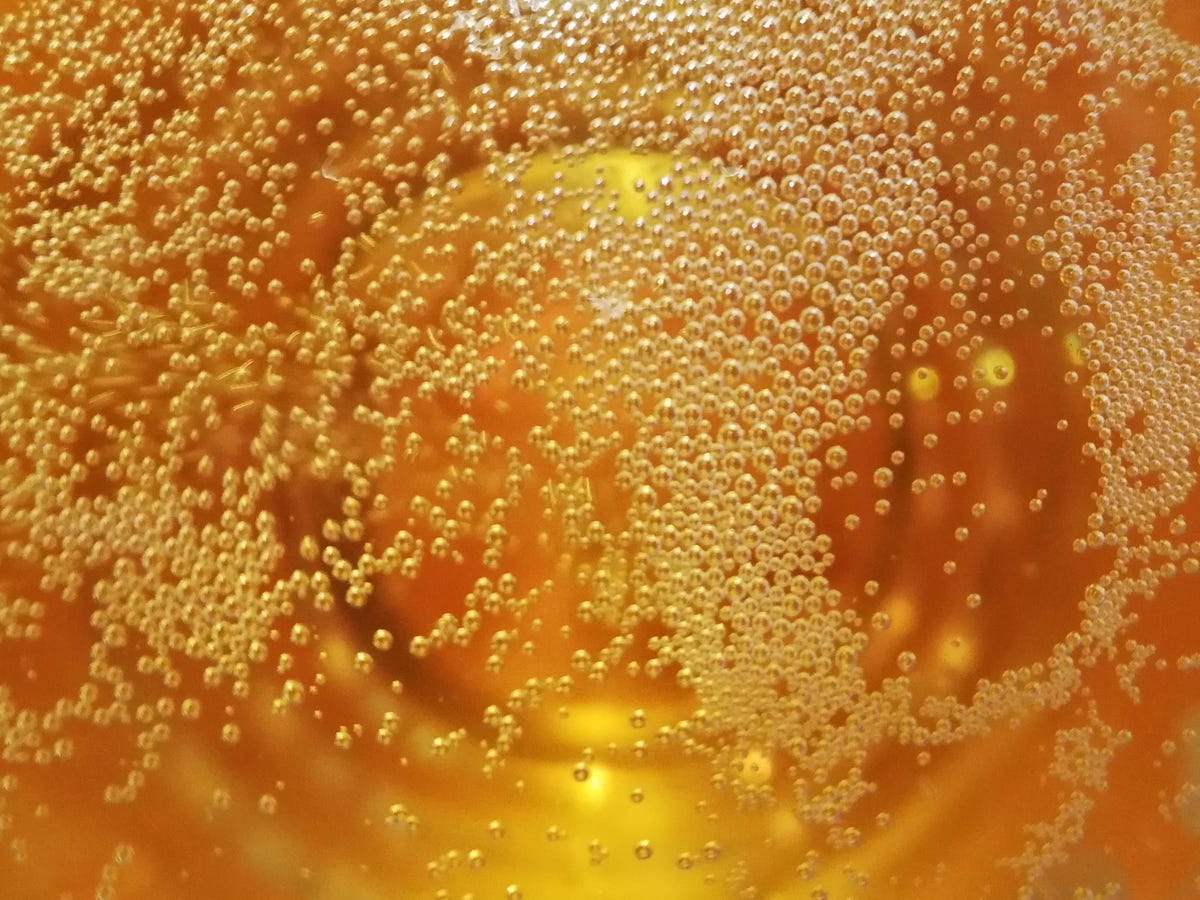The forgotten success and status of English cider
How a combination of restrictions drove experimentation and a brief boom in cider. And how its versatility, sustainability, and community credentials can elevate it again.
“There was period of time when cider was the finest of drinks on the planet. It was huge,” explains Gabe Cook.
Its pinnacle came around the mid-17th Century, when English cidermakers pioneered a method to make the drink sparkle, beating French winemakers to the ‘champagne’ fizz.
But in more recent decades, its reputation has often been associated with strong white ciders, rough scrumpy, and sweet flavoured varieties. It’s also been affected by legislation that says cider only needs a minimum of 35% apple juice.
"I’m not a fundamentalist,” Cook says, “but what is cider? It's apple juice. So, when apple juice is not the first ingredient on the list, what is it you're drinking?"
What Cook is, is a ‘ciderologist’. He’s combined his personal link to Gloucestershire – his love of its wildlife, culture, and heritage – and his taste for cider, and turned it into a career as a full-time, professional advocate for the drink.
He’s confident that contemporary cider will rise again – about which more later.
But first, the history.

Cidermaking in England dates to at least around 1100AD, after the Norman conquest.
It began as the preserve of big landowners who had the space for the trees and the money for the workers, and who produced cider to be drunk in their big houses. In the 14th and 15th centuries, the yeoman class began taking more ownership of farming, growing, and cidermaking themselves.
By the 16th Century, orchards and cidermaking was established across many south-western counties of England – Herefordshire, Gloucestershire, Devon, Dorset, and to a lesser extent, Cornwall (as well as in Monmouthshire in Wales). But, says Cook, “it’s still very rural and rustic at this point”.
The turning point came in the 17th Century.
“It all starts, as these things unfortunately often do, with England being at war with most of Europe, again,” Cook explains.
In 1615, panic about lack of suitable wood to build war ships led King James I to issue a Royal Proclamation that banned wood burning for trades such as glassmaking and iron smelting.
Glassmakers switched to coal, which enabled them to make stronger bottles. Reports vary about whether it was the higher temperature of coal-powered ovens, or the excess heat they gave off which meant the glass cooled more slowly, that was responsible for the increased strength. But either way, the result was bottles which were now tough enough to house fermenting liquids.
In 1651, imports of wine to England – already reduced by war – were dealt a more severe blow. Oliver Cromwell’s government passed a Navigation Act designed to promote the self-sufficiency of England by restricting imports from other countries. This included from the Dutch, who are said to have controlled the trade in all German and much French wine at the time.
This new law, coupled with a drop in temperatures (what’s now known as the ‘Little Ice Age’) which affected home-grown grape vines, meant affordable wine was hard to come by.
But that didn’t stop people wanting to drink it. An alternative was needed.
Step up, cider.
Cook says: “At this point, there's been the development of this group of people – I think the accepted tag is ‘the ciderists’ – this group of gentlemen who are MPs, landowners, clergymen, some of them horticulturalists, or who just have giant estates and the space to grow and trial things. Multiple individuals, often independently of each other, who were advocating cider as a great drink that could be drunk instead of wine, and they were getting playful and experimental with it.
“And several things happen all within the space of about 20 years, which is quite incredible.”
The ciderists were experimenting with the variety of applies they were using and the soils they were growing them in.

They were experimenting with glassware – both for bottling and for drinking from.

And they were experimenting with secondary fermentation – there are at least two recorded mentions dating from 1657 and 1662.
This is the process by which – after it’s undergone primary fermentation in a wooden barrel – cider is put into a glass bottle, sugar is added, and the live yeast in the cider converts the sugar into alcohol, producing carbon dioxide. The gas is trapped in the bottle, creating small bubbles in the drink.
It is what’s recognised today at the first step of the ‘méthode traditionnelle’ or the ‘méthode champenoise’. According to legend, it was a method invented by the Benedictine monk, Dom Pérignon, but, Cook says: “Dom Pérignon didn’t make it to the winery until, what, 1668? So, just saying: Forest of Dean, not Champagne.”
For a number of decades, England’s sparkling cider “was huge”, Cook says.
“It was the drink. There are plenty of records that talk about cider gracing all the top tables of all the courts around the country. The King was drinking it. It was the fine wine of this nation.”
But by the beginning of the 18th Century, cider’s sparkle was beginning to go flat.
The first blow was the 1703 Methuen Treaty with Portugal, which created a British colony in Oporto and led to the creation of a fancy new drink – port.
The “death knell” came, Cook says, in 1763, when the Prime Minister, Lord Bute, introduced the Cider Bill, which put a tax on all cider – whether strong or weak, for personal use or commercial sale – to help pay down debts incurred from (you guessed it!), warring.
“[The tax] was eventually overturned, but it had a really devastating impact. It was the end for cider as the big drink,” Cook says. “It went back to being a rural, low-value, labourers drink once again.”

But Cook is confident that cider – specifically cider which is focused on the apples, the orchards, the process, and the heritage; which is playful and expressive – is on the right trajectory to reclaim at least part of its previous success and status.
“I’m really fascinated with what’s happening at, let’s say the smaller end, the craft end, of cider. There’s something really exciting going on. Cidermakers today are talking about varietals, they’re talking about the process. We’re seeing an increasing interest from existing cider consumers to up-weight their experience, and also from people who are more into beer and wine. Cider’s great opportunity is that it can do so many things.
“And the orchards of these amazing ciders have fantastic sustainability credentials – they’re great for biodiversity, great for sequestering carbon. They’re great economically – they’re providing an income for the farmer in the rural economy. And they have a great social element – bringing people together to share, play, learn new skills, and they help with mindfulness, too.
“Orchards are magic, and I think that story will become increasingly important with contemporary consumers.
“And as new generations of drinkers start to come through, maybe they don’t have the preconceptions of cider. They’re just interested in interesting drinks.
“This is a really exciting time for cider. There are festivals and events and talks that are just about cider, or incorporate cider, which is giving it a pedestal. And that’s all cider wants – the opportunity to have its voice heard.”
Cook’s cider picks:
Like your cider still and dry? Try Little Pamona’s On the Beech
More into beer than cider? Be tempted by Oliver’s La Saison Des Poires
Like your drinks on the sparklier side? Try Gospel Green’s Cyder
Or, how about a perry?







